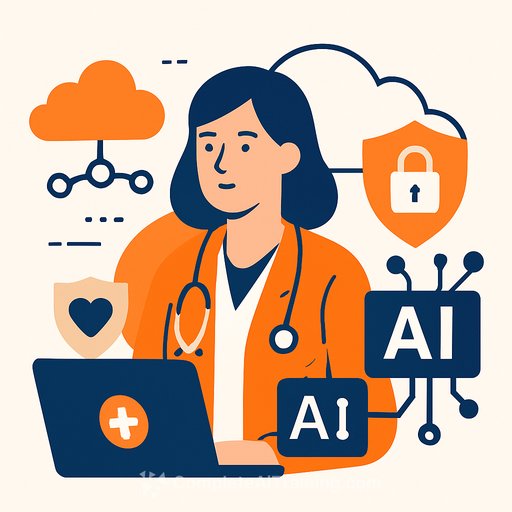Protecting Patient Data in the Age of AI
AI adoption in healthcare is moving at a speed that security frameworks struggle to match. This gap creates new vulnerabilities, exposing sensitive patient data and critical infrastructure to risk.
Healthcare organizations cannot afford a reactive approach. You must get ahead of creative adversaries who exploit shadow IT and unprotected assets for profit.
A Proactive Security Strategy
A structured approach is required to secure new AI technologies, the underlying infrastructure, and the protected health information (PHI) they process. Waiting for a breach is not a strategy.
The OWASP framework provides a solid foundation for this. Known for its work in web application security, the OWASP Top 10 for Large Language Models offers a practical guide for cybersecurity teams to defend against emerging threats specific to AI.
This framework helps address the growing danger of theoretical attacks on AI infrastructure, which are becoming more plausible as adoption increases. It provides a clear path to building defenses before an attack occurs.
What Your IT Team Should Focus On
A proactive healthcare AI and cloud security strategy requires attention to several key areas. Your team must be prepared to:
- Apply the OWASP framework to secure novel AI technologies and workflows.
- Identify and counter the growing threat of attacks against AI infrastructure.
- Develop a comprehensive security plan that covers both AI systems and cloud environments.
Building a strong defense means equipping your team with the right knowledge. Staying current on AI security protocols is essential for protecting your organization and its patients.
```Your membership also unlocks:






